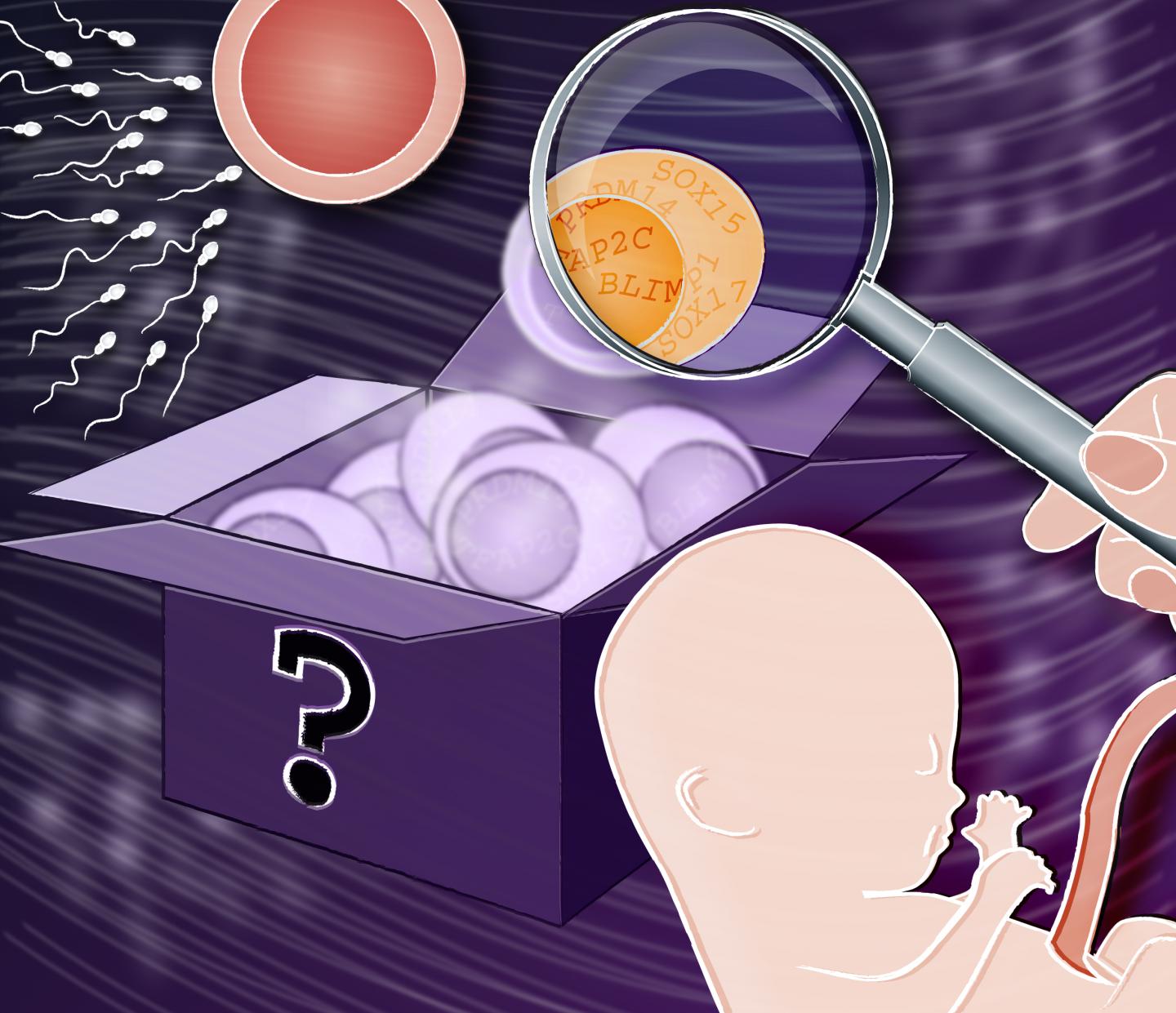|
|||||||||||||||
|

CLICK ON weeks 0 - 40 and follow along every 2 weeks of fetal development
|
||||||||||||||||||||||||||||
|
Fetal Timeline Maternal Timeline News News Archive Sep 17, 2015
|
The black box at the beginning of life How do these "germ cells" form, and how do they pass genetic traits from one generation to the next? Researchers at Kyoto University have created a lab-based human germ cell model of development that sheds light on some of these basic questions. Their hope is that this accomplishment may lead to a molecular-level understanding of conditions such as infertility. Early germ cell development in humans has remained unclear for a lack of suitable experimental animal models and the inherent difficulties of studying human embryos. Published in Cell Stem Cell, the research team has now recreated human germ cell development in the laboratory using human germ cells (egg and sperm), revealing key elements and events occurring at the beginning of their life which should apply to human life. "When I read about his work I knew I had to come back [to Japan]", said co-first author Kotaro Sasaki. He was referring to lead researcher Mitinori Saitou's previous work in the field. Sasaki, who had established a pathology career in the United States, returned to join Saitou's team in Kyoto. For this study, five laboratories collaborated at the university's Center for iPS Cell Research and Application (CiRA). To date, most stem cell research has been restricted to mice. And while these experiments provide useful information generally applicable to all mammals, there has been a lack of information specific to humans. To that end, Saitou's team recreated the development of human germ cells, which give rise to sperm and eggs. In addition to illustrating key transcription interactions — the first step in gene expression when a particular segment of DNA is copied into RNA and makes mRNA — and signaling events.
Explains Sasaki: "We demonstrated the early events in human germ cell development. Our work should provide a basis to gain a better understanding of how certain disorders such as infertility and growth impairment come about." The team's model, still in its early stages, is hoped to form a foundation for continuing studies on germ cell lineage. "By further reconstituting human germ cell development in vitro, we may be able to discover the mechanisms throughout the entire developmental process from embryo to adult," says Professor Saitou. Abstract The paper "Robust In Vitro Induction of Human Germ Cell Fate from Pluripotent Stem Cells" appeared in the 6 August 2015 issue of Cell Stem Cell, with doi: http://dx.doi.org/10.1016/j.stem.2015.06.014 Kyoto University is one of Japan and Asia's premier research institutions, founded in 1897 and responsible for producing numerous Nobel laureates and winners of other prestigeous international prizes. A broad curriculum across the arts and sciences at both undergraduate and graduate levels is complemented by numerous research centers, as well as facilities and offices around Japan and the world. For more information please see: http://www.kyoto-u.ac.jp/en
|
||||||||||||||||||||||||||||


